This week's best things
How to broaden arts audiences, rethinking the Dutch supermarket experience, the fallout from the Taylor Swift deepfake debacle, immersive thoughts and highlights, the early days of gaming and some...unusual web design.

How to boost arts audiences
Lots to like and ponder in this piece from Agnieszka Wlazeł which calls for a more collaborative and joined-up approach to audience development initiatives.
"Audience data also suggest a mixed model with many people valuing diversity of opportunities - sometimes seeking novelty, sometimes deep engagement, and at others, active interaction. Sometimes, they want different things simultaneously, sometimes they do not know what they want.
There is no firm boundary between arts attendees and non-attendees and the journey from non-attendance to frequent attendance is not one way. Someone considered a non-visitor or first-timer might be a frequent audience member elsewhere or have a more nomadic participation style, preferring novelty to loyalty.
Moreover, audience needs may evolve over time as individual preferences and expectations are dynamic. What initially attracts someone to an arts organisation or a project may change as their interests and priorities shift."
I've said before that "your audience isn't (just) your audience". It'd be interesting to see what a more joined-up, sector-wide approach could look like.

Amazing CX: Jumbo creates slow checkout lanes
A really nice example of thoughtful experience design.
"Jumbo Supermarket, a Dutch grocery chain with over 700 stores worldwide, has implemented a unique solution to combat loneliness among the elderly by creating a “Chatter Checkout” lane and a special “Coffee Corner” for customers to chat with the cashier.
This great initiative is part of the Dutch government’s “One Against Loneliness” campaign and was first introduced by Jumbo in the city of Vlijmen in summer 2019. The response was so positive that Jumbo decided to build 200 of these lanes nationwide."
Lots in here for cultural organisations to think about, particularly in their role as 'third places'.

The Taylor Swift deepfake debacle was frustratingly preventable
You may have seen that last week, AI-generated deefake pornographic images of Taylor Swift were circulated on Twitter (X) and quickly went viral.
Unsurprisingly for a company that got rid of its moderation and safeguarding teams, their response was...ineffective, to say the least.
"One of the most widespread posts of the nonconsensual, explicit deepfakes was viewed more than 45 million times, with hundreds of thousands of likes. That doesn’t even factor in all the accounts that reshared the images in separate posts — once an image has been circulated that widely, it’s basically impossible to remove."
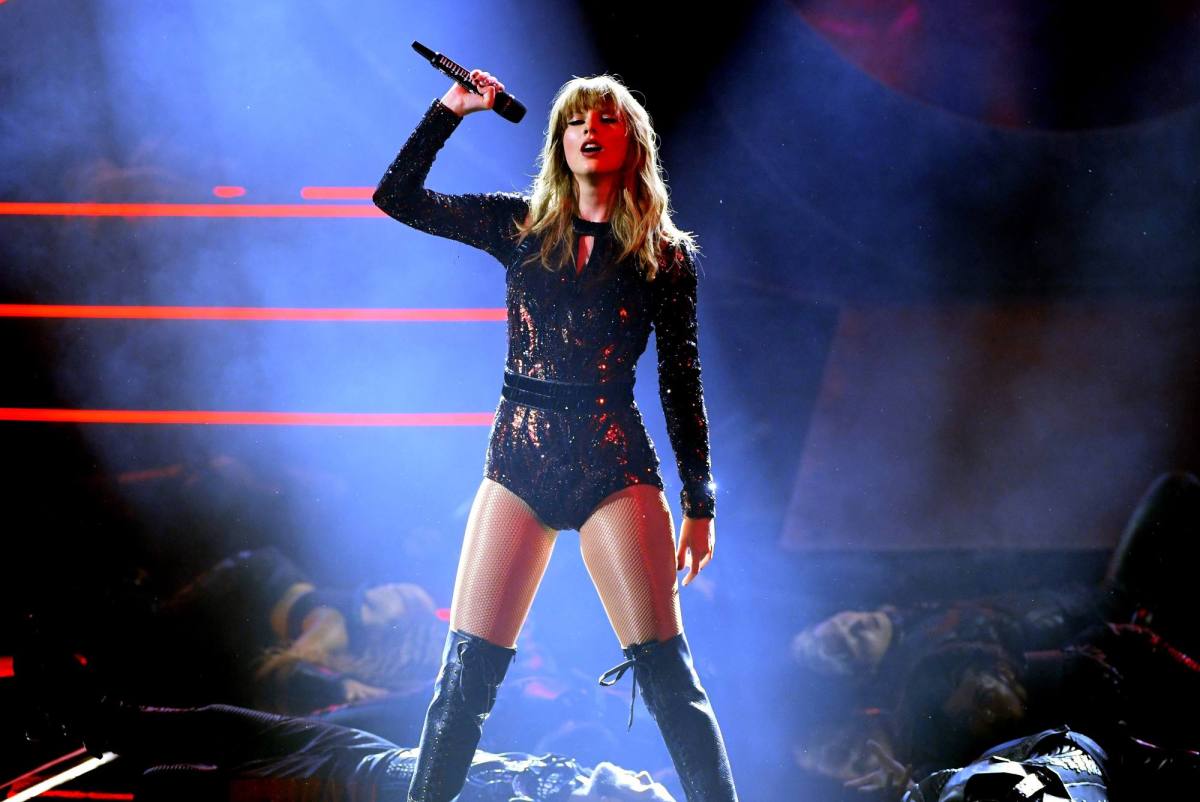
BIMA Immersive Tech Council Highlights 2024
A few 2023 immersive highlights from Disguise's Chief Experience Officer, Alex Wills.
Alex joined one of the roundtables we hosted as part of the Venues of the Future project and is a really smart, well-connected, insightful practitioner.
His highlights include Dreamachine, bits from Fortnite, U2 at The Sphere and lots more.

A few more immersive bits and pieces
Continuing on the subject of immersive experiences, I saw two contrasting articles this week.
First, this piece in The Guardian "Immersive exhibitions based on artists such as Van Gogh and Dali derided as ‘money grab’". It felt a little 'old man yells at cloud', but it's interesting to hear these views.
Secondly, this piece from Chris Michaels in The Art Newspaper "Tipping point: how new immersive institutions are changing the art world" which takes a, shall we say, more optimistic view of things.
And lastly, an announcement that "UWE Bristol to lead ‘Immersive Arts’ – a new £6m project supporting UK artists to work with immersive tech", our friends at Watershed are a lead partner on this.
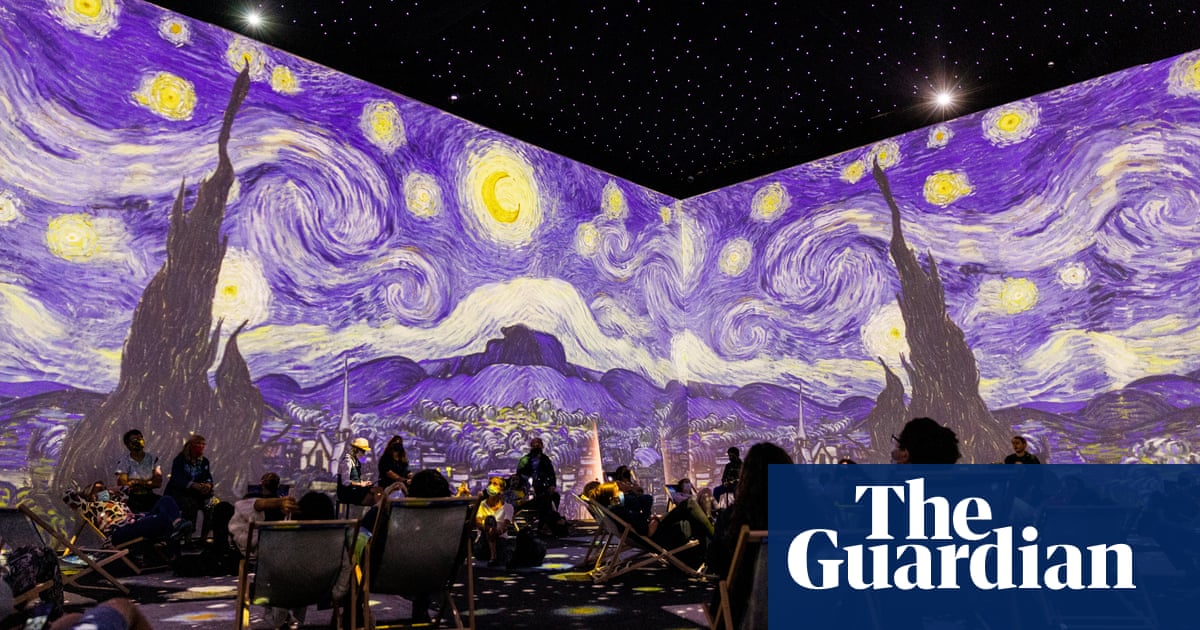
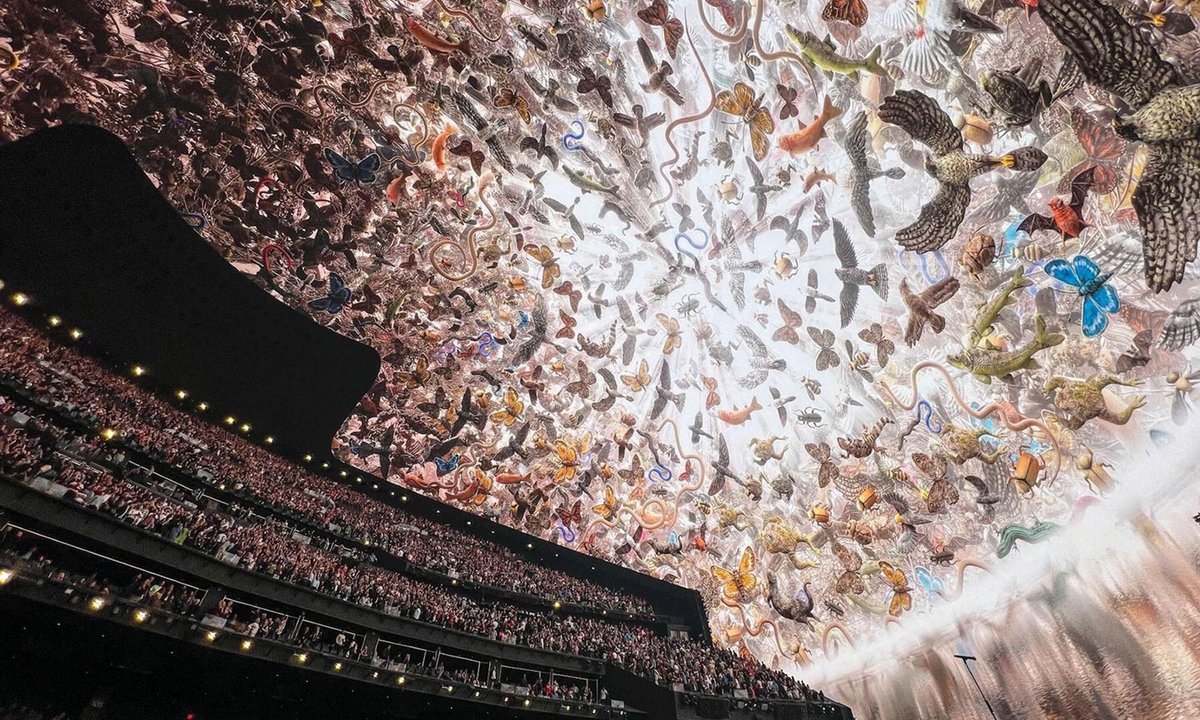
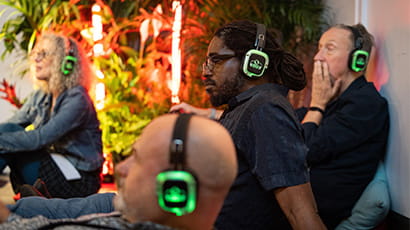
‘I dreamed of blocky pixels’: the strange, sweaty, sociable early days of gaming
If you've been signed up for a while you'll know that I find the history of internet culture both strange and interesting.
"Today it is trivially easy to play games on a computer, games console or phone with your friends over the internet. But before the wide availability of high-speed internet, things were more complicated.
In the 1990s and early 2000s, 3D graphics in video games were becoming more and more complex, but the low network speeds of the period meant that these games, unlike slower-paced and less graphically intensive strategy games, were nearly unplayable over an internet connection. In this moment, in which communications technology was being outpaced by graphical power, the Lan (local area network) party was born."
It's something that I spoke about with Seb Chan on the Digital Works Podcast.
We talked about how interesting it is that for people who didn't grow up with the internet in the 90s and early 00s, describing that time often sounds like you're making things up. Such was the (comparative) level of hassle and inconvenience involved in doing...basically anything online (of course, it didn't feel like that at the time!).
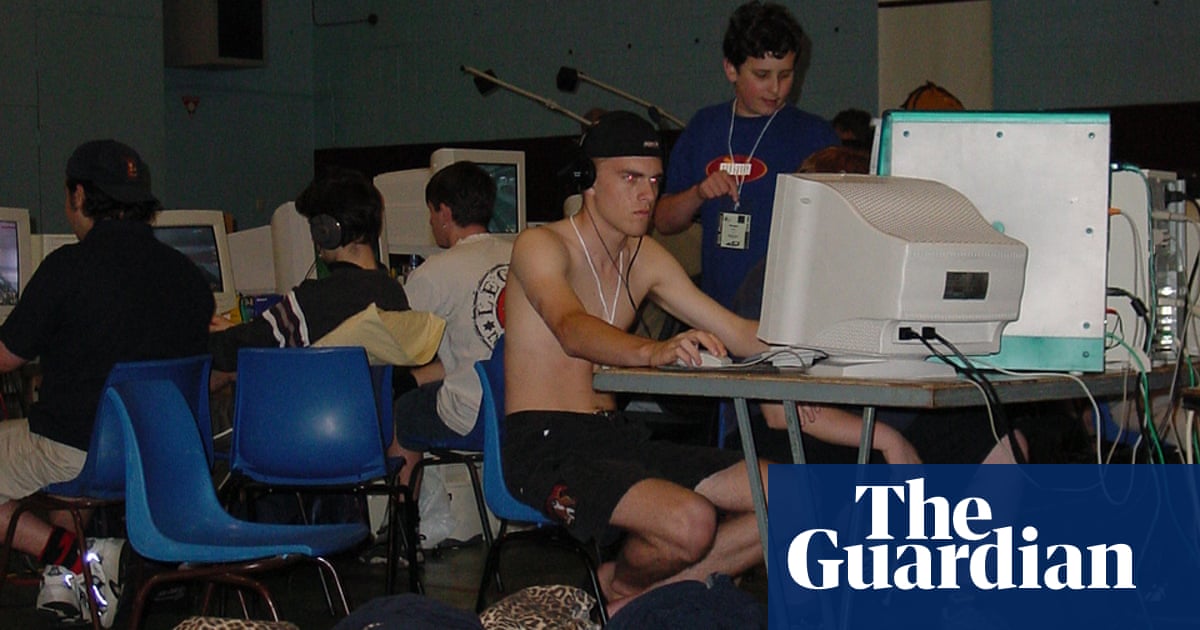
Some striking (?) web design
My colleague, Paddy, excels in finding strange examples of web design, these two are particularly...notable.
Kunstplats Vonk's institutional site, and a graphic designer portfolio site, Xingshan say hiiii.









